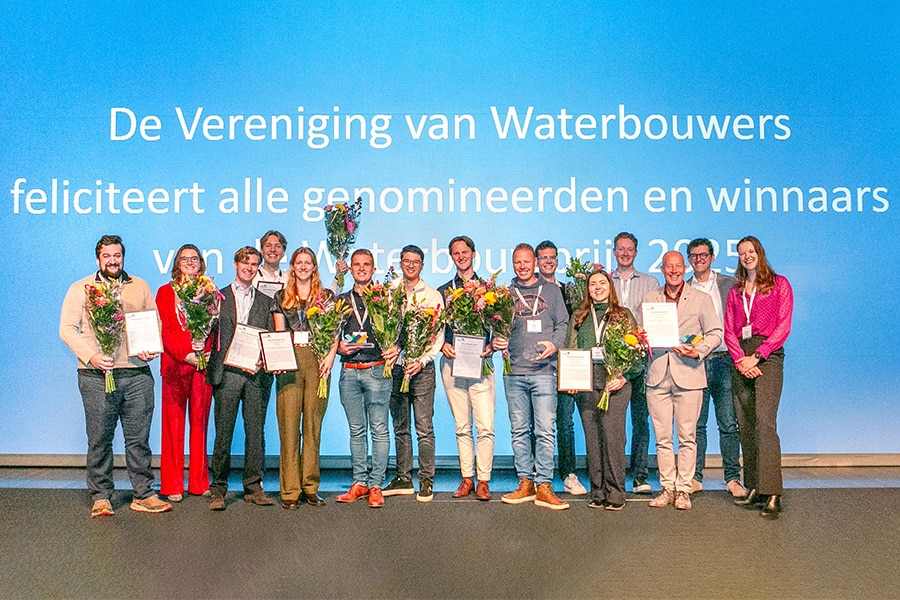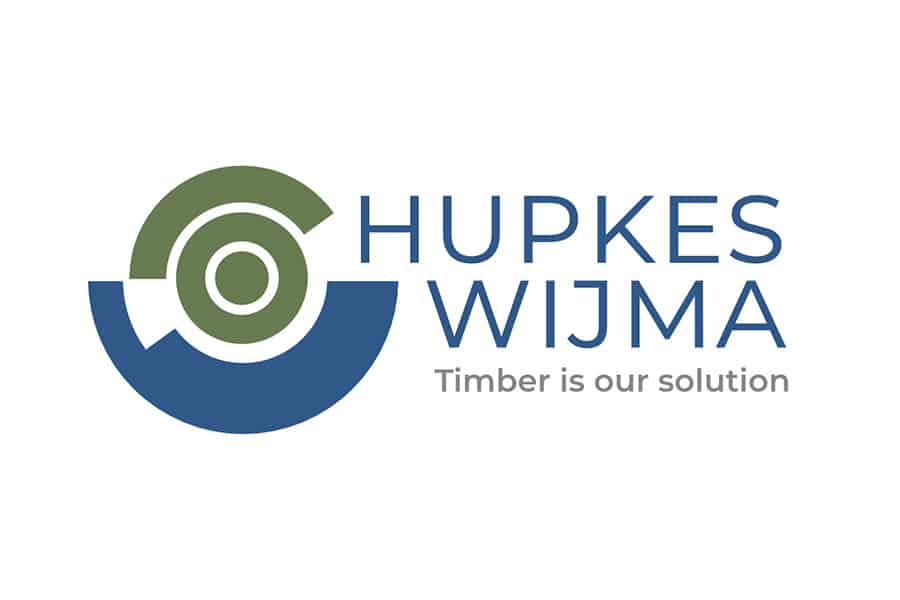
Sustainability in the GWW
Sustainability is playing an increasingly important role in civil engineering. Sustainability requirements end up in contracts or contractors have to distinguish themselves on sustainability to increase the chance of winning tenders. They must then demonstrate that projects have indeed been realized in the most sustainable way possible, for example using MKI calculations, CO2 calculations and the CO2 performance ladder.
But what does sustainability in GWW actually mean? To answer that question, let's zoom out for a moment to find out exactly what sustainability is. Then, from that broad definition, we return to the impact on and of GWW projects.
What is sustainability?
If you ask ten people what sustainability is, you are likely to get ten different answers. Sustainability is a broad concept to which everyone gives their own meaning. For some it is about circularity and recycling, for others more about ecology and nature. Some think directly of greenhouse gas emissions, while others take a social approach. And they are all right: sustainability is about all these aspects.
A widely used definition of sustainability is that of the 1987 UN Brundtland Commission: "Sustainable development is development that meets the needs of the present without compromising the ability of future generations to meet their own needs."
This definition highlights an important aspect of sustainability, namely the balance between the interests of the present and those of the future. In other words, that our children have it at least as good as we do. Increasingly, that balance is being disrupted, throwing the earth out of balance and making it uncertain whether we can meet the needs of future generations.
The balance in jeopardy
When we look at a healthy balance on Earth, there are 9 planetary boundaries. We should try to stay within those limits, because if we go over them we are not sure what will happen to the planetary system and what risks we are running. Currently, however, at least 5 of the 9 boundaries are being crossed. This puts the planetary balance in jeopardy. This is illustrated in the image below.


Source: Azote for Stockholm Resilience Centre, based on analysis in Persson et al 2022 and Steffen et al 2015
The risks we face from overstepping the boundaries:
- Loss of biodiversity and extinction of plant/animal species
- Climate change due to global warming
- Deforestation through land use change
- Too much nitrogen and phosphorus in biosphere and oceans
- New entities that are difficult to degrade in nature
Impact in the GWW
With the GWW, how do we impact crossing planetary boundaries?
- Infrastructure projects change the habitat of plants and animals and thus impact the various species in an area. Resource extraction can also impact the habitat of plants and animals. Indeed, a road through a forest, without mitigation measures, splits an animal's habitat in two. Lighting can also impact the lifestyles of nocturnal animals, such as bats.
- Greenhouse gas emissions impact climate change. Many raw materials required for GWW involve high greenhouse gas emissions (especially CO2). Think of the extraction and production of concrete and steel. In addition, our equipment runs primarily on fossil fuels.
- Infrastructure often changes the layout of the land. For example, there are several road projects that change green to gray.
- Equipment emits nitrogen. Nitrogen (policy) is now a notorious player in the GWW and has great impact on projects and their surroundings.
- In our environment there are more and more toxic or contaminated substances that are difficult to degrade. They are substances that often do not occur naturally in nature, but are man-made. These new entities are particularly well known in the GWW because of PFAS. Soil contaminated with PFAS may not be processed and thus impacts construction projects.
Knowing the impact that GWW has on planetary boundaries also allows you to look more specifically for solutions within GWW to reduce that impact and thus contribute to a sustainable living environment. To redress the balance, policies have been drawn up at global and national levels. Consider the Paris Climate Agreement, the United Nations Sustainable Development Goals and the Dutch goal of being fully circular by 2050. Every GWW project must and can contribute to this, for example with optimizations in design, use of materials and deployment of emission-free equipment. In this way, we are working together toward a GWW sector that operates within planetary boundaries.
Want to know more?
The one-day training Sustainability in the GWW gives you and your organization a strong foundation to get started on sustainability.
Need help with a tender? We put you in touch with the sustainability experts from We-Boost for advice on sustainability and understanding environmental impact to arrive at appropriate solutions.
![[Vacancy] Civil Advisor at Spaarnelanden 3](https://gww-bouw.nl/wp-content/uploads/2025/12/Naamloos-2-kopie.jpg)



